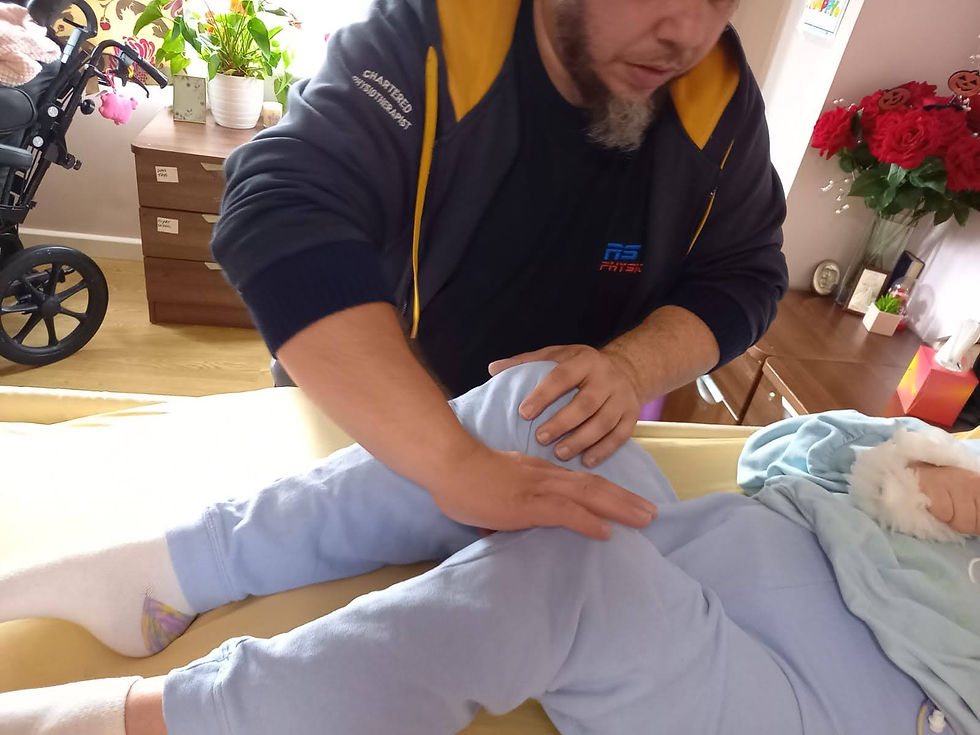More Technical about Sit to Stand Mechanism in our Body – in Easy Way
- Pawel Ciecierski MSc Physiotherapy MCSP HCPCreg

- Jan 15, 2022
- 2 min read
Do you remember how important can be standing for your wellbeing?
What can help you to maintain good movement control or achive next step in your physical rehabilitation. So simple Sit to Stand can be explained in many ways. Lets keep it simple.
There were identified by researchers three phases of the sit-to-stand motion:
Phase 1- weight shift, characterized by flexion of the trunk and pelvis, resulting in a forward shift in the centre of gravity.
Phase 2 – transition, while the transition from forward motion to upward motion is made.
Phase 3- lift, trunk extension begins while knee extension continues until full standing is reached.
Completion all of these phases are equally important to successfully start walking activities and a next step of rehabilitation.
The start of muscle activity occurred in the following order: phase 1 weight shift - Back muscle (erector spinae), and front of the leg muscles (rectus femoris and vastus medialis biceps femoris) and transition phase 2 – buttocks muscles (gluteus maximus) and long muscle of the anterior abdominal wall (rectus abdominus )
It’s important to remember appropriate standing pattern where the centre of gravity during the movement is shifted over the feet as the trunk is flexed forward. Even rocking forward and backwards before standing up has its place to prepare the neuromuscular system for planned action.
When moving forward, an action where the hip continued to flex as knee extension began can be observed. Finally, extension occurred at the hip and knee until the upright position is reached. Explaining and practicing correct standing pattern is important to make it possible and for the individual to complete movement in the most efficient way. This will warrant to reduce already high shear and compressive forces on the knee. Only consistent practice over and over again will give positive effects. In my opinion only when “the personal best” is achieved and there is no more progress observed, we can make a place and allow to start using compensatory strategies.
We must remember about appropriate support while sitting to standing is practiced, take in account additional support with “taking” the weight away. Forces at the knee approximating seven times body weight were reported just after lift from the chair. These forces could be significantly reduced by changing the starting angle (from high chair, bed) or use additional support from standing/sitting facilitators to avoid and avoid injuries.






Comments